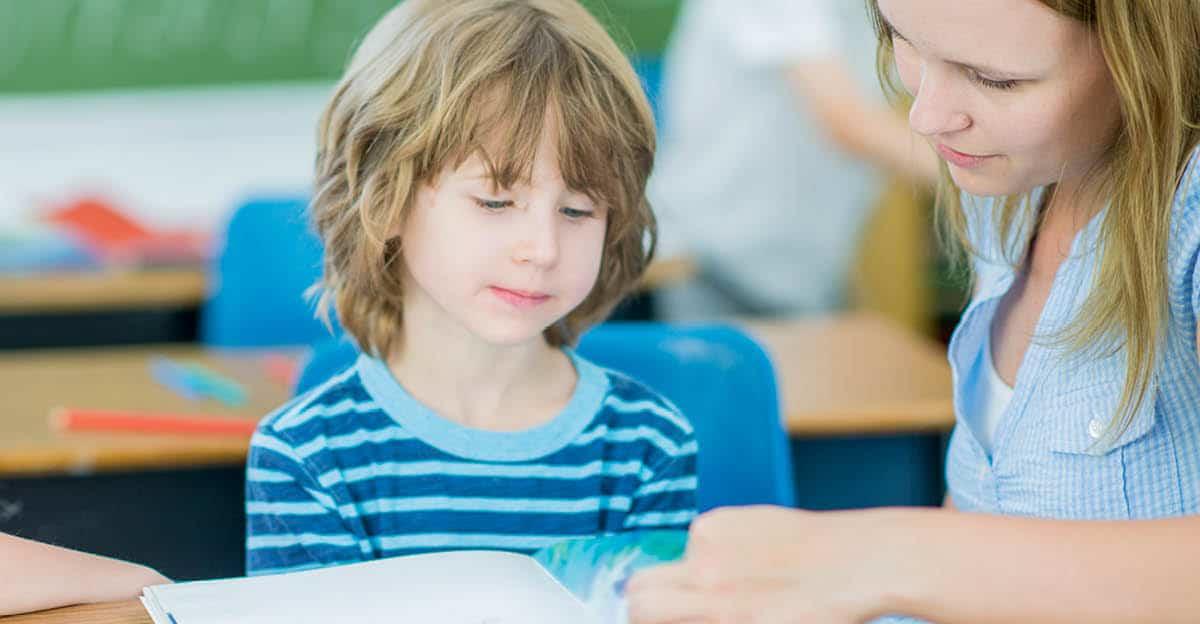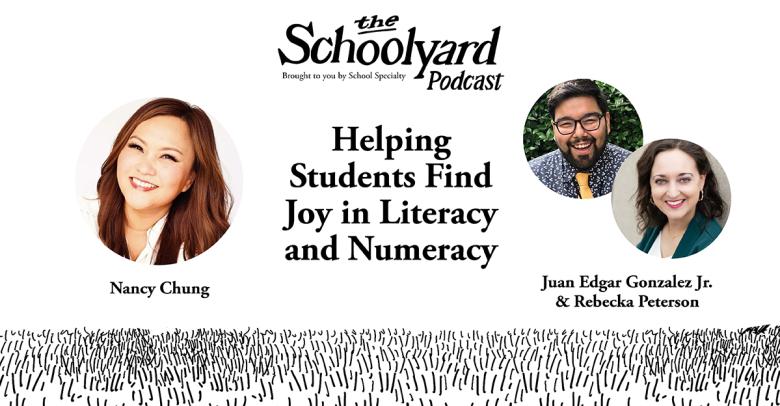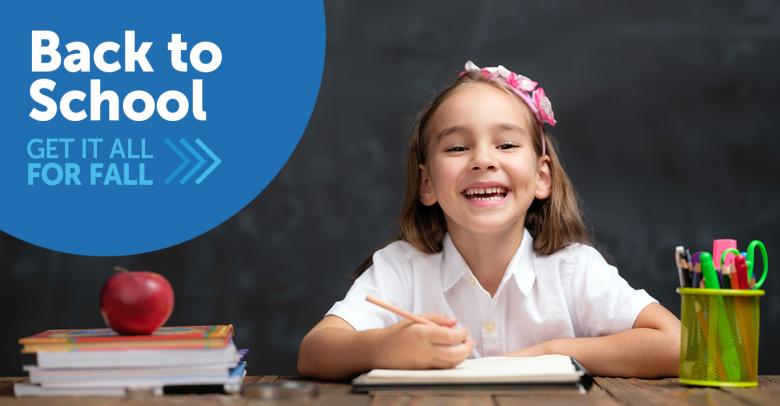Your hearts break when you see children struggle with reading, comprehension, or vocabulary. Some students come from difficult socioeconomic backgrounds, have learning disabilities such as dyslexia, or simply received poor reading instruction in the past. Thankfully, there are a variety of instructional methods available that can be used to help students become better readers. Find more information here on one of the most successful methods, the Orton-Gillingham (OG) Approach, designed to help students overcome reading difficulties.
What Is the Orton-Gillingham Approach?
The Orton-Gillingham Approach was first published in the 1930s. While intended primarily for spelling, reading, and writing, this method can be used for mathematics instruction as well. The unique method provides intensive intervention that is both sequential and cumulative—so your students who are struggling with fluency or comprehension will benefit from reading instruction that is broken down into smaller, more digestible skills involving specific sounds and letters. Success comes when those smaller skills are built on over time. The Orton-Gillingham Approach has helped many children—including those who are dyslexic—succeed in reading.
What Are the Benefits of Orton-Gillingham?
Multi-Sensory Variations
One of the primary benefits of this particular method of instruction is that it is multi-sensory—which provides direct learning by engaging the senses through kinesthetic, auditory, and visual techniques. This ensures that each individual student need is met with a comprehensive and varied method of instruction.
Adaptability
While instruction is intensive and direct, it is also flexible and can be adapted to meet the specific needs of each child—without anyone falling behind, or you feeling overwhelmed! If your students are reading at different levels, the OG Approach allows every student to learn the same skills at the pace and level that they need.
Versatility for Variable Group Size
Finally, this type of program works well for individual learning, small group instruction, and entire classrooms. Whether you teach a large class, or tutor students one-on-one, programs that follow the Orton-Gillingham Approach can be tailored for any number of students.
Orton-Gillingham Based Intervention Programs
Children who struggle with reading often need intensive teacher-led instruction to succeed academically. EPS Instruction and Intervention has been a leader in the field of education for over 60 years, providing customized instruction that includes everything from screening and intervention to progress monitoring and reporting.
One of the best-selling programs is SPIRE—an Orton-Gillingham based program designed to help the lowest performing readers achieve success. Available both in print and digital formats, the program features a spiraling curriculum that gives children an intense and structured method for improving the critical areas of reading—phonemic awareness, phonics, spelling, fluency, vocabulary, and comprehension.
Find More SPIRE Program Information
If you’re interested in learning more about what SPIRE has to offer, be sure to check out these upcoming SPIRE overview events and seminars.






Leave a Reply